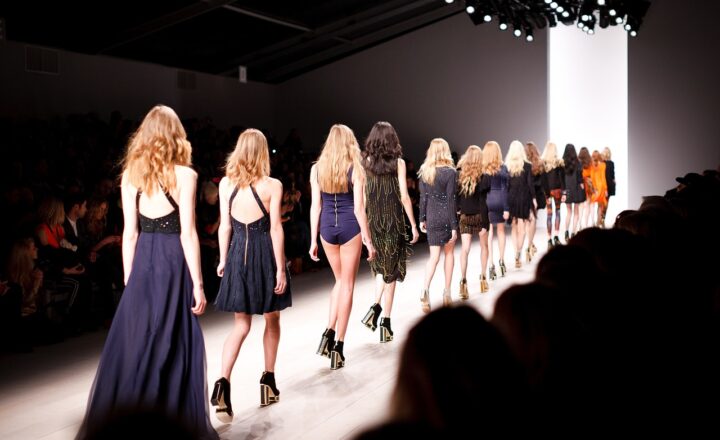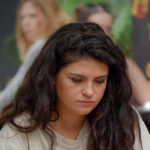The Most Enduring Fashion Trends from Each Decade: Style That Stands the Test of Time
November 19, 2024

Fashion is an ever-evolving landscape, but throughout its history, certain trends have re-emerged time and again, embodying a timeless quality that resonates with each new generation. In this article, we will explore some of the most enduring fashion trends from each decade, demonstrating how style has transcended time and adapted to contemporary aesthetics. Whether you’re a fashion enthusiast, casual observer, or just looking to spruce up your wardrobe with classic pieces, this guide will cover it all.
The Roaring Twenties (1920-1929): Flapper Dresses and Cloche Hats
The 1920s, often referred to as the Roaring Twenties, marked a significant shift in fashion as women began to embrace a more liberated style. Flapper dresses, characterized by their loose fit, dropped waistlines, and embellished details, became symbols of this vibrant era. Women danced the night away in Gatsby-style glamour, making flapper dresses synonymous with liberation and self-expression.
Cloche hats were another iconic accessory of the decade. These close-fitting hats, often made from felt, complemented the bobbed hairstyles that were popular among flappers. The cloche hat continues to be a timeless accessory, making appearances in modern fashion collections and symbolizing luxury and sophistication.
The Fabulous Fifties (1950-1959): Rockabilly and Elegance
The 1950s were marked by a juxtaposition of femininity and rebellion. The rockabilly style emerged from the blending of country music and rock ‘n’ roll, characterized by fitted jeans, leather jackets, and swing dresses. This style drifted into mainstream culture as icons like Marilyn Monroe and James Dean embodied the youthful energy of the era.
Women donned tea-length dresses with full skirts, cinched waists, and polka dots, evoking a nostalgic elegance that remains a wardrobe staple. Today, contemporary designers continue to draw inspiration from this era, demonstrating that the charm of the 1950s effortlessly endures.
The Swinging Sixties (1960-1969): Mini Skirts and Mod Styles
The 1960s revolutionized fashion with the introduction of the mini skirt—a bold statement piece that epitomized freedom and youth. Designers like Mary Quant played pivotal roles in popularizing this daring silhouette. Mini skirts could be paired with knee-high boots or bold graphic prints, creating a playful and rebellious tone.
The mod subculture also emerged, characterized by sharp tailoring, bright colors, and geometric patterns. This trend has influenced many modern street styles, proving that the vibrant spirit of the 1960s is still alive in today’s fashion landscape.
The Groovy Seventies (1970-1979): Bell Bottoms and Boho Chic
The 1970s embraced a variety of styles that mirrored the eclectic spirit of the decade. One of the most recognizable trends is the bell-bottom pant, which flared out at the ankle, creating a distinctive look that can still be seen on runways today. Paired with platform shoes and colorful prints, these bottoms defined the disco era.
Bohemian or “boho” style also flourished during this period, with an emphasis on flowy dresses, fringe, and earthy colors. Many of these elements find their way back to modern fashion, showcasing the timeless nature of 1970s aesthetics in today’s culture.
The Bold Eighties (1980-1989): Power Suits and Neon Colors
The 1980s heralded a loud and daring approach to fashion. Power suits, complete with shoulder pads, defined corporate attire for women. This trend symbolized a shift towards female empowerment in the workforce, with stylish, confident women carving their place in male-dominated industries.
Neon colors, oversized accessories, and eclectic patterns became the hallmark of the decade. From leg warmers to scrunchies, the boldness of the 1980s resurfaced in the form of retro-inspired collections that echo across generations, reflecting a tenacity that resonates to this day.
The Nineties Nostalgia (1990-1999): Grunge and Minimalism
The 1990s were defined by contrasting styles. Grunge, characterized by plaid flannel shirts, ripped jeans, and combat boots, became synonymous with the music movement of the era. This laid-back, anti-establishment style continues to influence contemporary streetwear.
On the other end of the spectrum, minimalist fashion took shape through clean lines, monochrome colors, and tailored cuts, thanks to designers like Calvin Klein and Jil Sander. The minimalist aesthetic remains prominent today, appealing to those who prefer a refined and understated look.
The New Millennium (2000-2009): Denim and Logo Mania
The early 2000s marked a resurgence of denim, with low-rise jeans and flare cut being prominent. This decade was characterized by the rise of logo-centric fashion, where brands like Abercrombie & Fitch and Louis Vuitton adorned sweaters and bags with their logos prominently displayed.
Today, the return of vintage-inspired fashion has rekindled interest in early 2000s styles, showcasing that this era continues to evoke nostalgia and influence trends.
The 2010s to Present: Athleisure and Sustainability
The last decade has seen the rise of athleisure—a blending of athletic wear and casual clothing—transforming workout gear into everyday attire. Comfort and functionality have taken precedence, leading to form-fitting leggings, stylish sneakers, and oversized hoodies becoming wardrobe staples.
In addition to comfort-focused styles, sustainability has transitioned into a vital aspect of contemporary fashion. With an increased awareness of the environmental impact of fast fashion, consumers are gravitating towards eco-friendly brands and vintage shopping.
Conclusion: The Timeless Nature of Fashion
As we reflect on the enduring fashion trends from each decade, it becomes clear that style is cyclical and ever-evolving. Fashion from the past continues to play an integral role in contemporary wardrobes, offering endless opportunities for self-expression.
Whether you’re a fan of timeless elegance, bold statements, or street-style comfort, these enduring trends remain relevant and adaptable. Embrace the rich history of fashion while incorporating classic elements into your own unique style. After all, fashion is not just what you wear; it’s a reflection of who you are.






